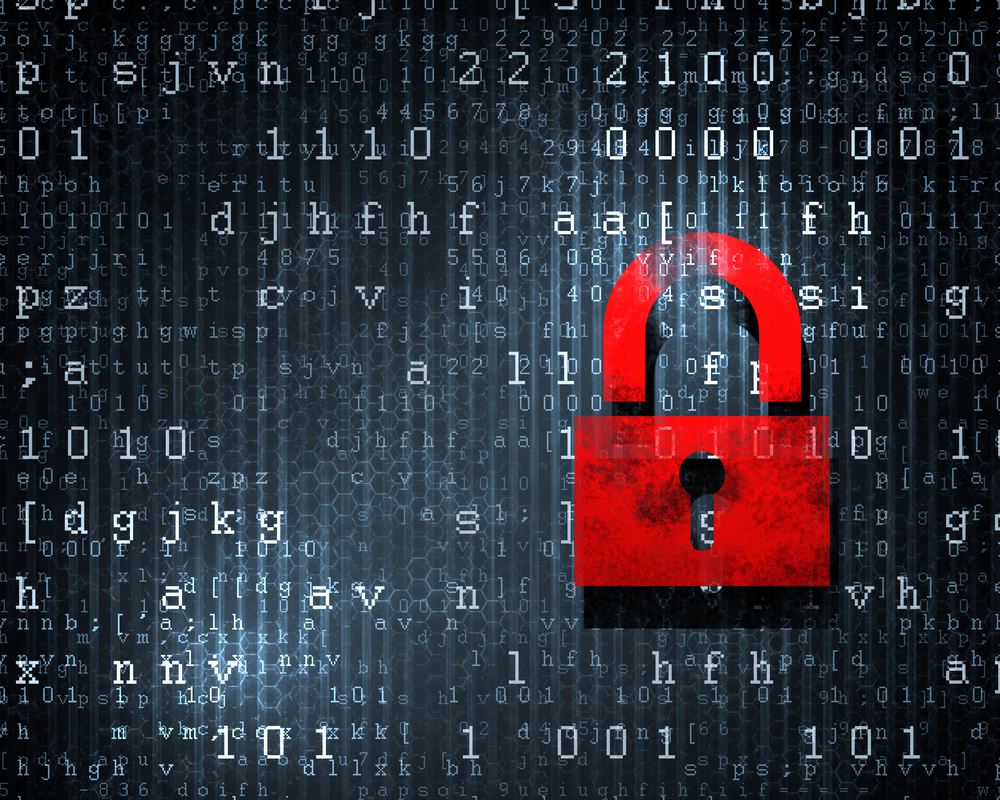
The increasing amount of data we’re all generating is everywhere: in smartphones, laptops, thumb drives, and dozens of online services. How can we secure all of them against unwarranted access?
We virtually can’t.
Smartphones get stolen, thumb drives get lost, email passwords get brute-forced, cloud servers get breached, unwary users get phished, WiFi networks get tapped, and eventually, malicious users obtain access to your data.
So how do you protect your data against unwelcome parties?
You encrypt it. In case you don’t know it, encryption is the science of modifying data to prevent intruders from making sense of it. When you encrypt your data, only you and anyone else holding the decryption keys will be able to unlock and read it. This means that even if an attacker gains access to your data by breaking into a server or stealing your hard drive, they won’t be able to make sense of it if they don’t have the keys.
As I’ve argued before, encryption is your last line of defense, the one thing that can protect your data when all else goes wrong.
So without further ado, here’s are some of the key ways you can encrypt the data that you’re scattering everywhere.
Encrypt your emails
Email has become a de facto medium for exchanges of all sorts. We use email to send business secrets, financial data, personal data and various kinds of sensitive information. There are few things that are as damaging as a hacked email account.
You should obviously do everything you can to protect your email accounts, such as choosing strong passwords or enabling two-factor authentication. But in case your account does get breached, you have a few viable options to encrypt your messages and prevent hackers from actually seeing the contents of your messages.
One is the use of Pretty Good Privacy (PGP), a tool that adds a layer of encryption to your emails. Basically, PGP generates a public and private encryption key and ties it to your email address. You publish the public key for everyone to see and keep the private key to yourself.
Anyone who wants to send you a confidential message will encrypt it with your public key before sending it to you. Only your private key will be able to decrypt the message, and as long as you keep it safe, you can rest assured that only you will be able to read those messages. This means that even the owner of the server where your emails are stored won’t be able to read them.
There are a handful of free PGP tools such as Mailvelope, which work with all major webmail clients such as Gmail and Hotmail, and will get you started with encryption in a couple of easy steps.
Of course, if you want your outgoing messages to be encrypted as well, the recipient needs to have a PGP key too, so you’ll have to convince your friends to set up PGP accounts.
An alternative to PGP is using an end-to-end encrypted mail service such as ProtonMail or LavaBit. End-to-end encryption makes sure that anything that gets stored in your account is only viewable by you, the person who holds the key. No
The post You need to encrypt all your data. This is how it’s done appeared first on FeedBox.